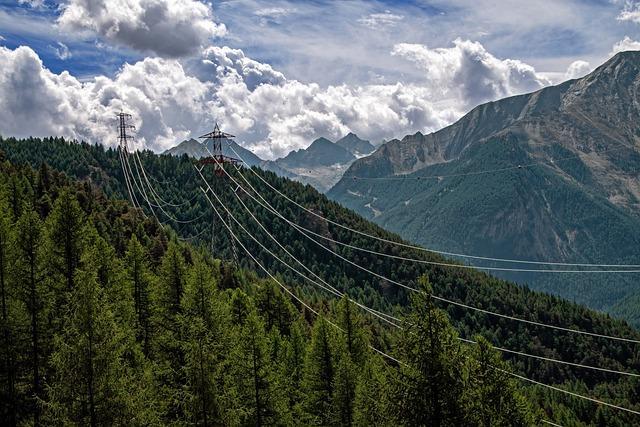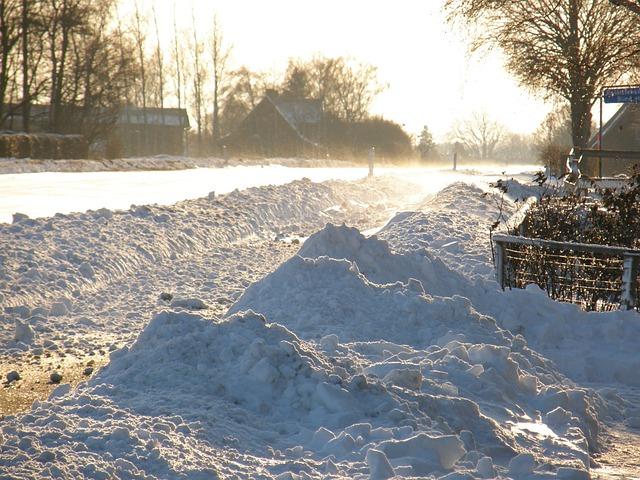Trees are an essential component of our environment, providing oxygen, shade, and habitat for numerous species. However, their impact extends far beyond these benefits, reaching down into the earth itself. In this article, we will explore the effects that trees have on soil stability, delving into the intricate relationship between these towering giants and the ground beneath our feet. From preventing erosion to promoting water retention, the influence of trees on soil stability is a crucial aspect of our natural world that deserves closer examination.
Tree roots play a crucial role in maintaining soil stability by anchoring the soil and preventing erosion. The intricate network of roots helps to bind the soil particles together, making it less prone to being washed away by water or blown away by wind. In addition, the presence of tree roots can also improve soil structure and fertility, creating a healthier environment for other plant life to thrive.
The canopy of trees provides a natural barrier against erosion by reducing the impact of rainfall on the soil surface. The leaves and branches of trees intercept raindrops, slowing down their force and preventing them from directly hitting the soil. This helps to reduce soil erosion and protect the topsoil, which is essential for supporting plant growth.
Different tree species can have varying effects on soil composition due to their unique characteristics and root systems. Some trees have deep root systems that penetrate deep into the soil, helping to improve drainage and prevent waterlogging. Others have shallow root systems that spread out widely near the surface, providing stability and reducing erosion. Understanding how different tree species interact with the soil can help in selecting the right trees for enhancing soil stability in various environments.
Q&A
Q: What role do trees play in maintaining soil stability?
A: Trees play a crucial role in maintaining soil stability by anchoring soil in place with their roots, which helps prevent erosion.
Q: How do trees improve soil structure and fertility?
A: Trees improve soil structure and fertility by adding organic matter to the soil through the decomposition of their leaves and roots, which enriches the soil and enhances its ability to support plant growth.
Q: Can trees help prevent landslides?
A: Yes, trees can help prevent landslides by reinforcing the stability of slopes with their root systems, which help bind the soil together and reduce the risk of mass movement.
Q: Do different types of trees have varying effects on soil stability?
A: Yes, different types of trees can have varying effects on soil stability depending on their root systems, with some trees having deeper and more extensive roots that have a greater impact on soil stability.
Q: How can we promote the role of trees in maintaining soil stability?
A: We can promote the role of trees in maintaining soil stability by planting a diverse mix of trees in areas prone to erosion, protecting existing trees from damage, and implementing sustainable land management practices that prioritize tree preservation.
Conclusion
In conclusion, trees play a crucial role in maintaining soil stability through their intricate root systems and nutrient cycling processes. By anchoring soil, reducing erosion, and promoting biodiversity, trees contribute significantly to the health and resilience of our lands. Understanding the complexities of the relationship between trees and soil stability is key to sustainable land management practices. By recognizing the importance of trees in this context, we can work towards preserving the balance between our natural environments and human activities. Thank you for exploring the significant impact of trees on soil stability with us.
Simpsons Tree Services, Servicing Melbourne’s North Eastern Suburbs
Book a quote online at www.simpsonstrees.com.au




